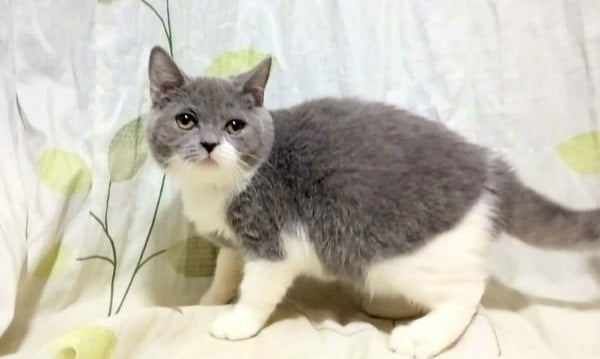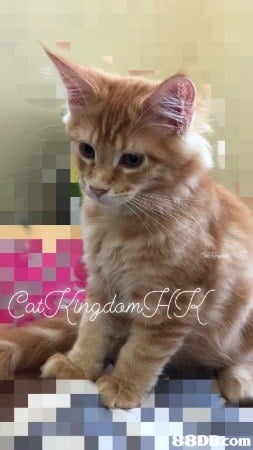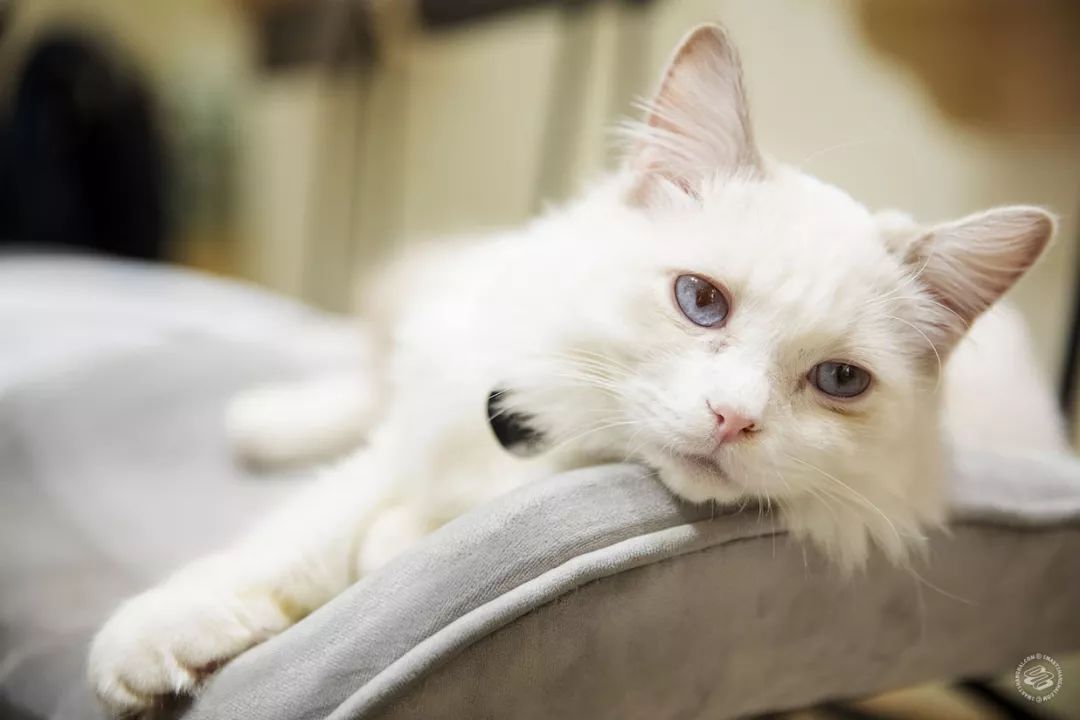Cat Drools When Pet: Unraveling the Mysteries Behind Feline Salivation
Guide or Summary:Understanding Cat DroolingCommon Causes of Cat Drooling During PettingHealth Implications and When to Seek HelpIn the realm of feline compa……
Guide or Summary:
- Understanding Cat Drooling
- Common Causes of Cat Drooling During Petting
- Health Implications and When to Seek Help
In the realm of feline companionship, one may occasionally witness an unusual phenomenon: a cat drooling while being pet. This behavior might pique curiosity, leaving pet owners wondering about the reasons behind this drooling. Is it a sign of illness, or merely a normal aspect of feline behavior? This article delves into the complexities of cat drooling during petting, offering insights into its potential causes and implications.
Understanding Cat Drooling
Salivation, the natural process of producing saliva, is a fundamental function in cats, serving multiple purposes such as aiding in the digestion of food, maintaining oral hygiene, and regulating body temperature. When cats drool excessively, especially during petting, it can indicate various underlying issues. These can range from benign, temporary conditions to more serious health concerns that require prompt veterinary attention.

Common Causes of Cat Drooling During Petting
One of the most common causes of cat drooling during petting is dental issues. Cats, like humans, can suffer from dental problems such as gingivitis, periodontitis, or even tooth decay. When cats experience pain or discomfort in their mouths, they may exhibit drooling as a response. Regular dental check-ups and cleanings with a veterinarian can help prevent and address these issues.
Another factor that can lead to drooling is hyperstimulation of the whiskers or chin. Whiskers are highly sensitive tactile hairs that help cats navigate their environment and detect changes in their surroundings. When these whiskers or the chin are repeatedly stimulated, especially during petting, cats may respond by drooling. This is a natural reflex meant to protect sensitive areas from overstimulation.
Feline anxiety or stress can also contribute to drooling. Cats, like all animals, can experience stress due to changes in their environment, such as moving to a new home, introducing a new pet, or even the presence of unfamiliar people. When cats feel anxious, they may exhibit drooling as a sign of stress. Providing a calm and stable environment, along with gentle petting, can help alleviate these feelings.

Health Implications and When to Seek Help
While occasional drooling during petting may not be cause for alarm, persistent or excessive drooling could indicate a more serious health issue. If your cat drools frequently, especially if accompanied by other symptoms such as loss of appetite, weight loss, difficulty eating, or unusual vocalizations, it is crucial to consult a veterinarian. These symptoms could be indicative of more severe dental problems, gastrointestinal issues, or even neurological disorders.
Regular veterinary check-ups are essential for maintaining your cat's overall health and well-being. During these visits, a veterinarian can perform a thorough examination, including dental evaluations and assessments of overall oral health. Early detection and intervention can prevent more severe health issues and ensure a happier, healthier life for your feline friend.
In conclusion, cat drooling during petting can be attributed to a variety of factors, including dental issues, whisker or chin stimulation, and anxiety or stress. While occasional drooling may be a normal aspect of feline behavior, persistent or excessive drooling could signal a more serious health concern. By understanding the potential causes and implications, cat owners can make informed decisions about their pet's care and well-being. Regular veterinary check-ups and prompt attention to any concerning symptoms are key to ensuring a healthy, happy life for your feline companion.
